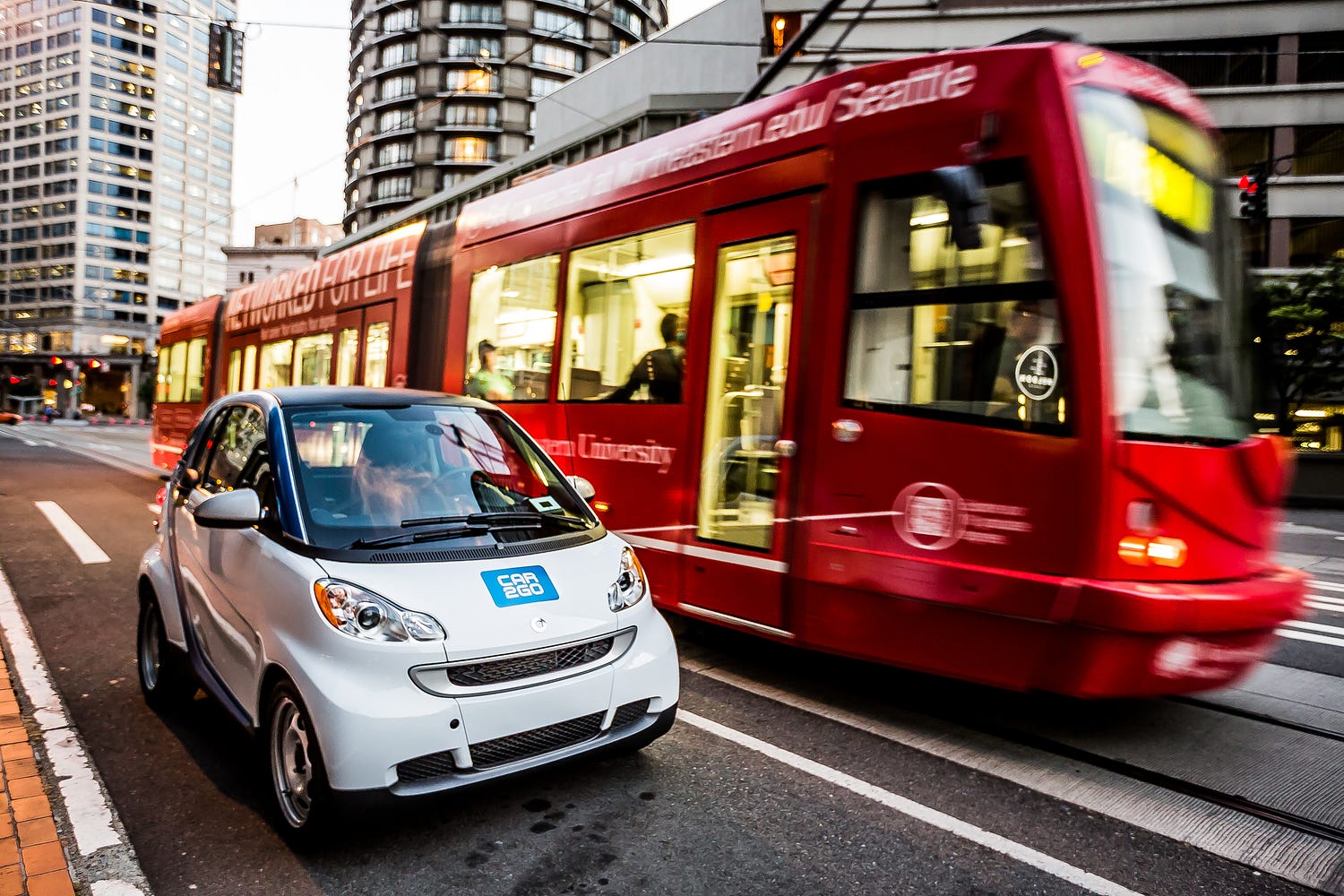Little Houses Are a Big Step for Dallas Homeless
A 50-unit project nearing completion will provide housing for some of the city's most needy citizens and save the public a lot of money
Scott Gibson :: Green Building Advisor :: 9 September 2015
 |
| This rendering shows a cluster of houses in a Dallas project that will benefit the chronically homeless. Each building includes a kitchen and sleeping area, a bathroom and a porch. |
Houses far smaller than the norm are being marketed for their energy efficiency and their small environmental footprints, and now in Dallas a collaboration of public and private interests hopes really small houses will give at least some of the city's troubled citizens a way out of chronic homelessness.
The Cottages at Hickory Crossing is a $6.8 million project that includes 50 self-contained houses, each with a footprint of 420 square feet, a central building with laundry and other shared facilities, and common outdoor areas on a 3.5-acre parcel near downtown Dallas.
A number of public agencies representing housing, social services and the criminal justice system all are partners. Cottages are intended specifically for people who are chronically homeless, those who suffer from severe and persistent mental illness, and those who have a history of substance abuse and entanglements with the criminal justice system. In other words, people who have a very tough time finding a place to live.
"It's a trilogy in a way, like a Homer's Odyssey, like great projects often are," said Brent Brown, director of the bcWorkshop, the project architect. "It would be unfair if I didn't say the project almost didn't happen probably 10 times or more because it was hard. Partnerships are hard. Funding is hard. Building anything can be difficult."
But by early next year, Brown said by telephone, construction should be complete and residents should be moving in.
Houses are small, but complete
Each of the 50 cottages has a full bathroom, a main room with a kitchen, a sleeping area, a storage area, and a porch. Each has 325 square feet of interior conditioned space, Brown said, enough to give residents a private space. "Each resident has a door of their own," Brown said, "and their own house identity."
Cottages are grouped in clusters of six around a common green area. The site is big enough to have the potential for community gardens. The commons building will be open to the public. Residents will sign a no-cost lease and will have access to a variety of services on site.
Brown estimated each cottage costs between $25,000 and $30,000, with site development, studies and other costs making up the balance of the project cost.
Each wood-framed cottage is built on four concrete piers, rather than a concrete slab, partly because the clay-heavy soils on the site made conventional construction difficult, and partly because this approach will allow the cottages to be moved to a new home in the future and the site used for another purpose.
Brown said planners at bcWorkshop looked at a number of models in designing the site, including early New England settlements. For example, they found a Methodist community on Martha's Vineyard built in a pattern of circles surrounding a common green. But where these communities attached social standing based on the circle where the house was built — higher status for those living closer to the common green — Dallas planners looked for an arrangement were "everyone had an equal level of stature," Brown said.
Buildings at the project were designed with help from the community it will serve, Brown said, and "street experts" helped planners understand the difficulty of moving from life on the street to housing units. "There needs to be a way to retreat," he said, "but also a way to engage on your own terms, as well as being able to be all together."
Stable housing as a first step
The Cottages project is built on the "Housing First" model, which considers housing a first priority to be followed by whatever social services might be needed after that.
Given the common difficulties in the backgrounds of potential residents, planners assume a number of social service agencies will be needed. Even so, savings should be significant. According to an article in The Dallas Morning News, each person eligible for the project now costs the city $40,000 a year in services. But with a permanent home and a support system, that number drops to $15,000.
Brown said an annual survey in Dallas in 2014 counted 3,314 homeless persons, 413 of whom were considered chronically homeless. So a project the size of The Cottages is a beginning.
"We need seven more projects like this," he said.
Similar approaches have been proposed elsewhere. Last year, a New Jersey state senator suggested a $5 million "Tiny Home Pilot Program" in which clusters of 300-square-foot houses would be built for the state's poor. Earlier, a project called Quixote Village" near Olympia, Washington, replaced a tent village for the homeless with 30 dwellings of 144 square feet each.




